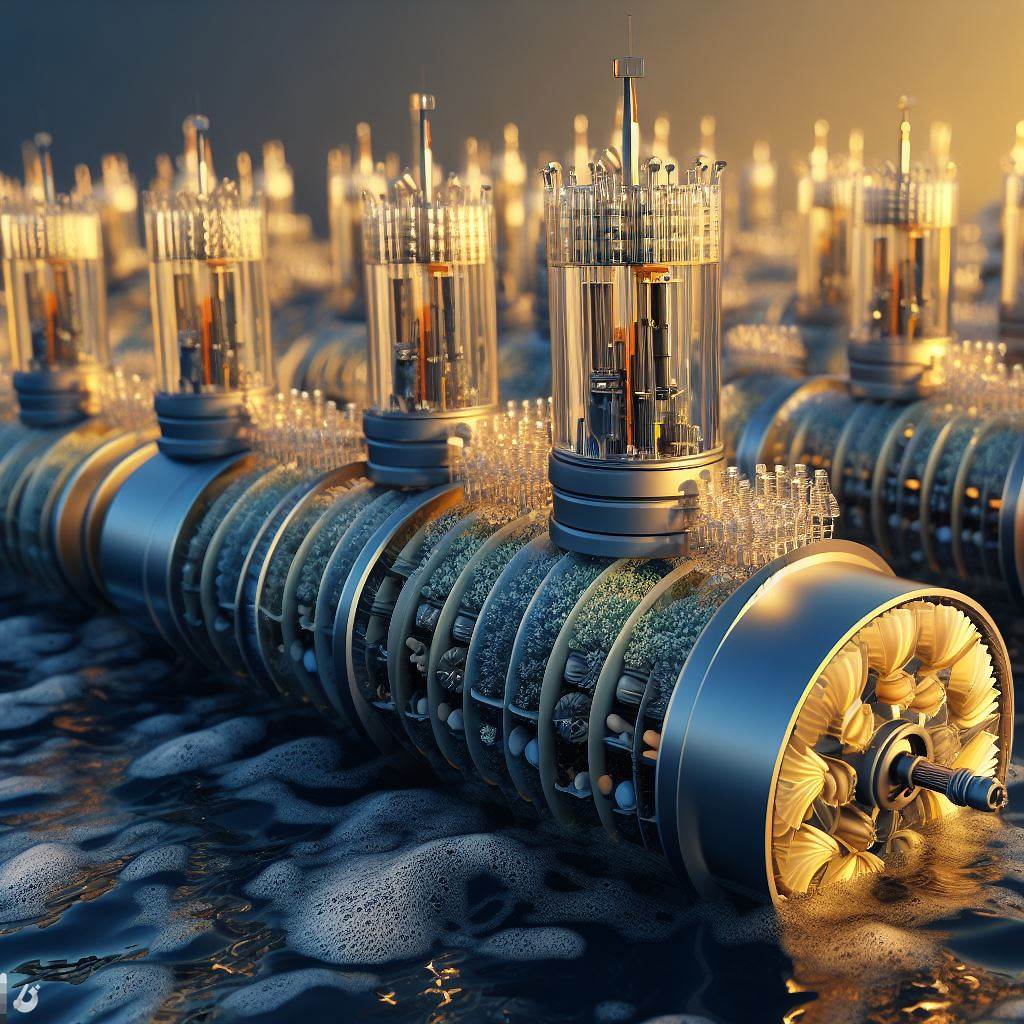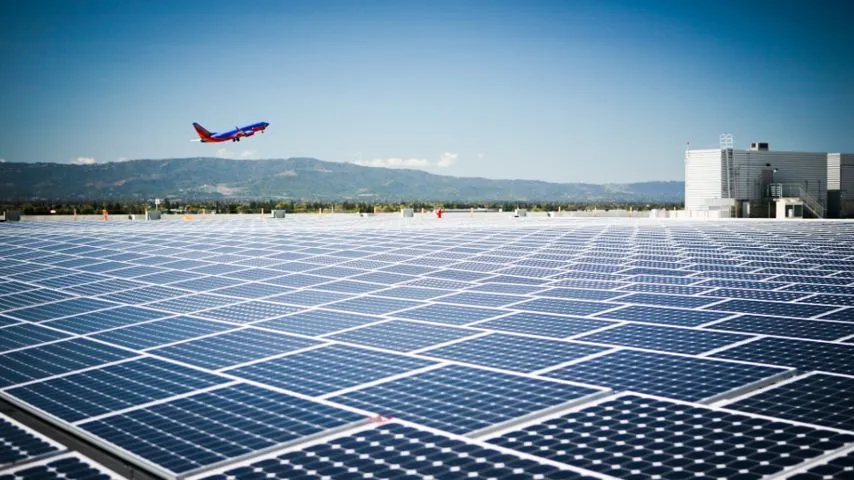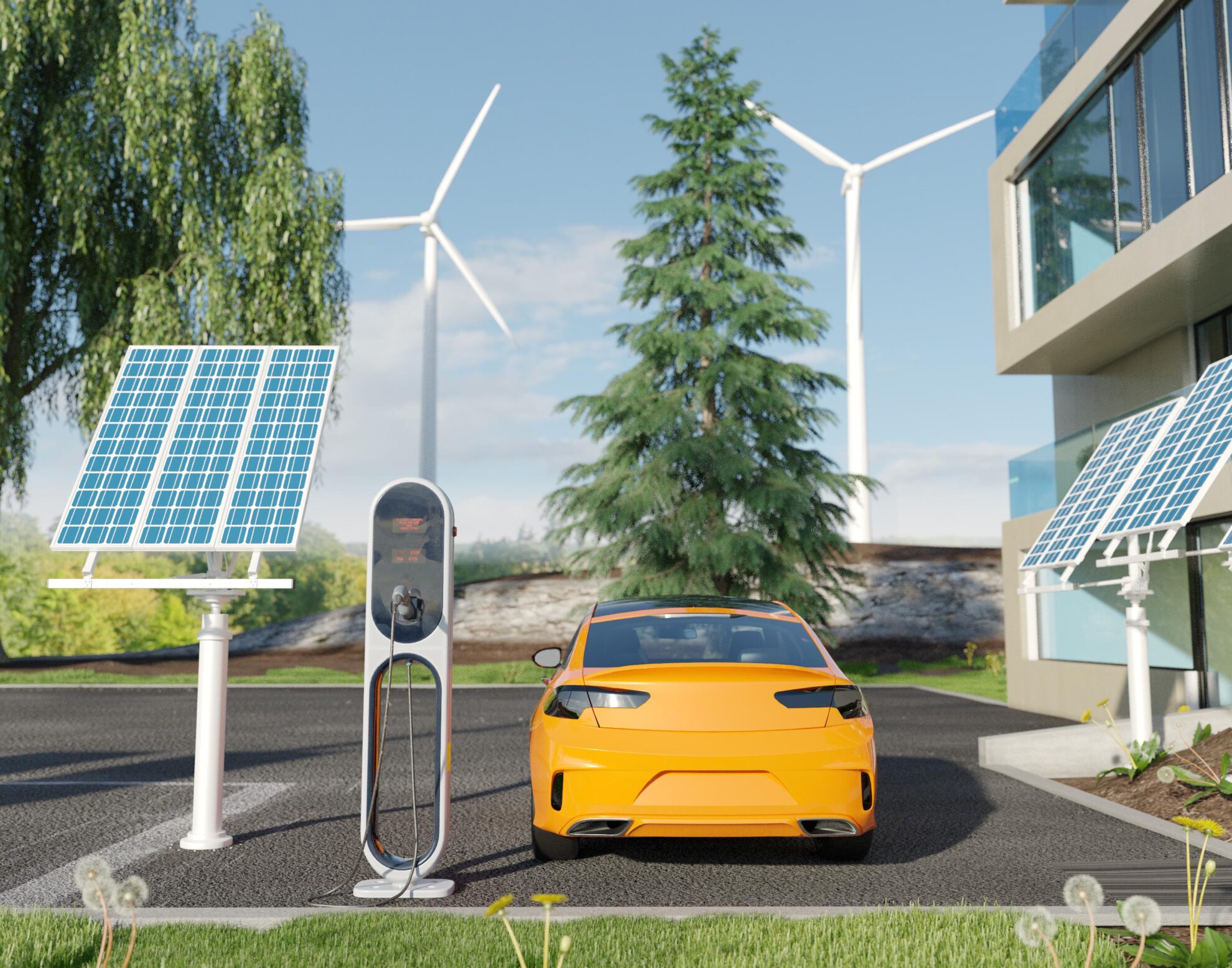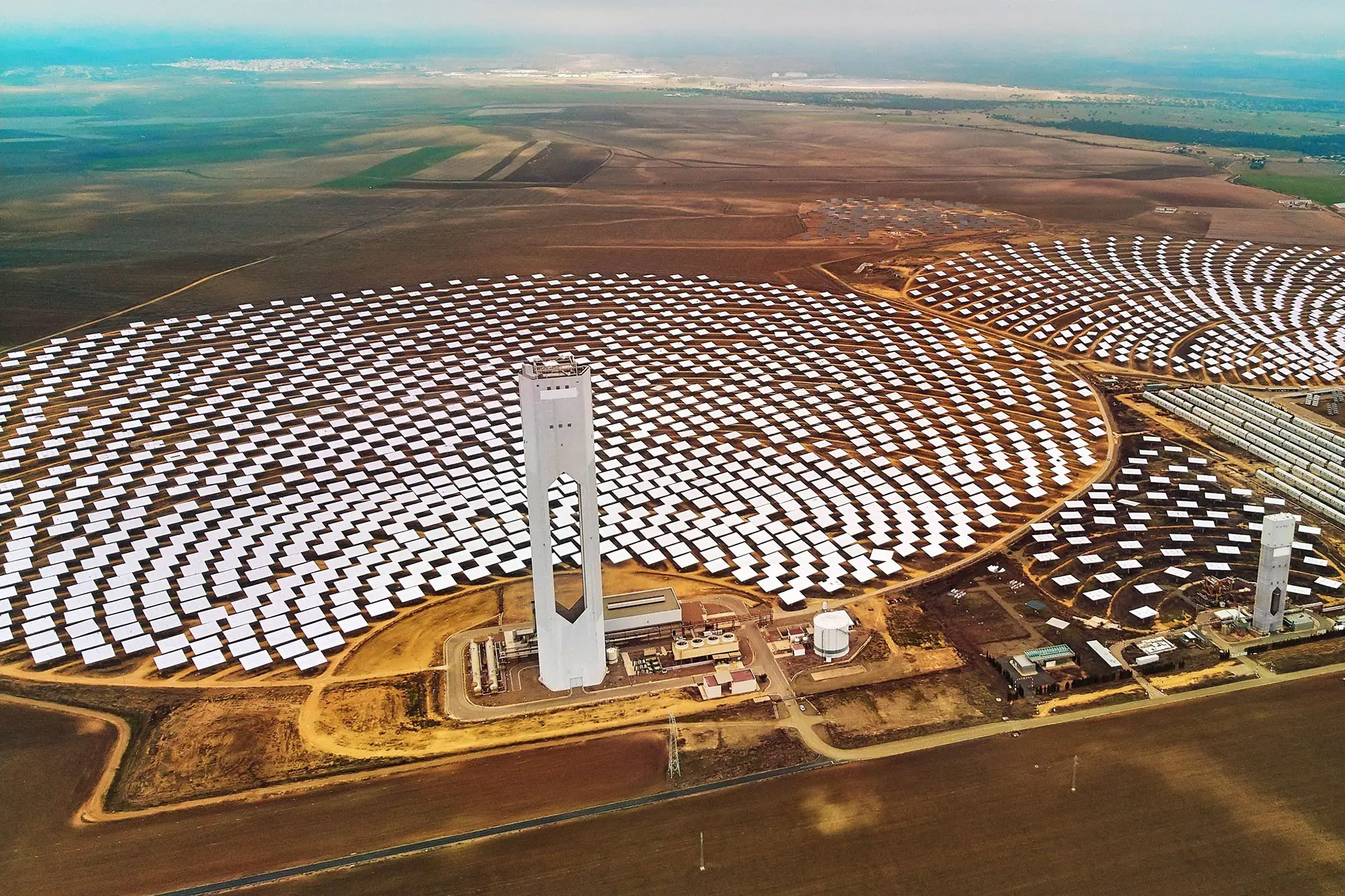Table of Contents
Micromotors, the minute wonders of technology, are revolutionizing wastewater treatment by not only purifying water but also generating green energy. This groundbreaking advancement, pioneered by researchers at the Institute of Chemical Research of Catalonia (ICIQ) in Spain, involves autonomous micromotors efficiently navigating through wastewater, simultaneously cleaning it and producing ammonia—a potential renewable energy source.
Innovating Water Treatment with AI-Enhanced Micromotors
Autonomous Cleaning and Ammonia Production
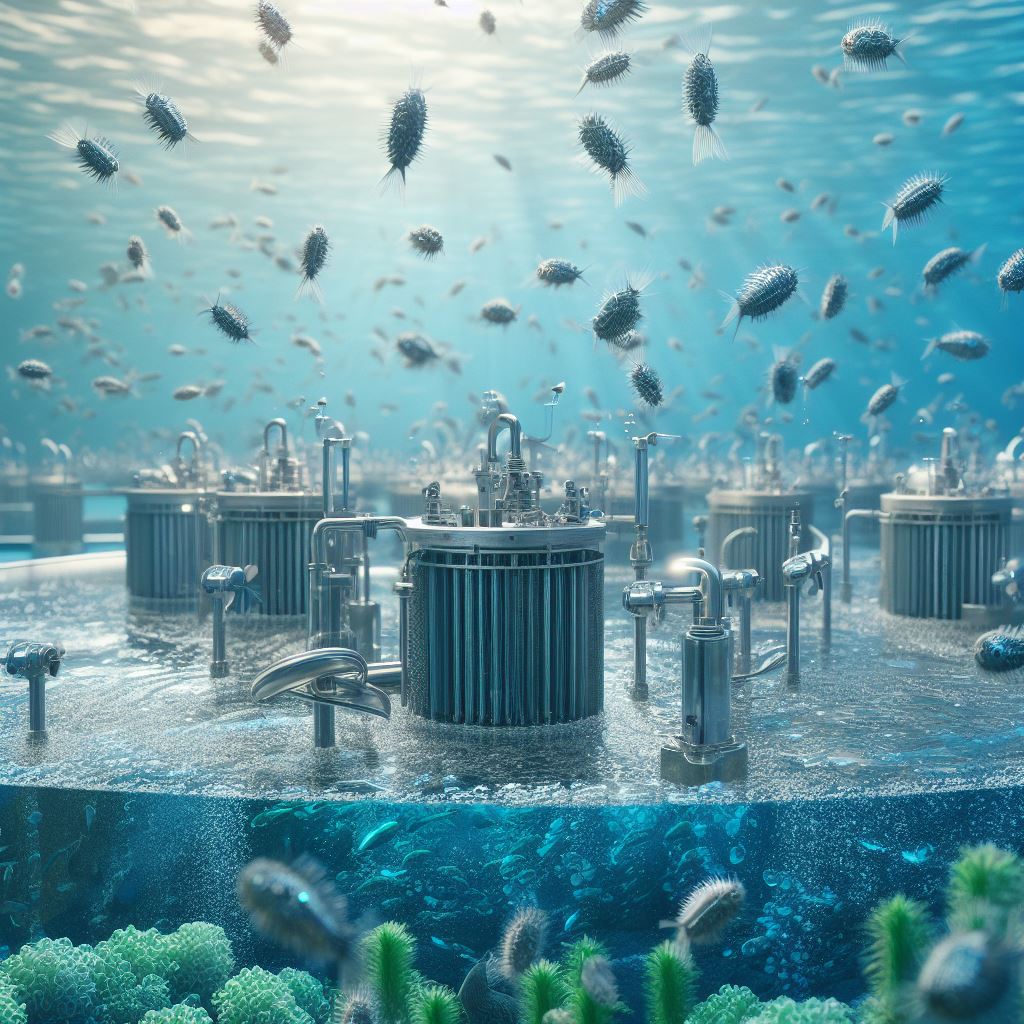
The micromotors, constructed from a silicon and manganese dioxide tube, are equipped with a bubble release mechanism powered by chemical interactions. As they move through water, the bubbles act as a propellant, facilitating their motion. Coated with the chemical laccase, these micromotors expedite the transformation of urea, a common contaminant in water, into ammonia upon contact. This ammonia can then be converted into hydrogen, providing a clean and sustainable energy solution.
AI Optimization for Super-Efficiency
To further enhance their performance, researchers at the University of Gothenburg have developed an artificial intelligence technique. This innovative AI, specifically tailored for micromotor optimization, will fine-tune their design, making them super-efficient machines capable of both water purification and energy generation.
Overcoming Design Challenges with AI
Challenges in Observing Micromotor Movements
Efficient water cleansing requires a precise understanding of how these micromotors move and function underwater. However, observing them under a microscope poses challenges due to bubbles obstructing the view. To address this issue, the researchers are utilizing machine learning algorithms to approximate the movements of multiple micromotors simultaneously in a liquid environment.
The Role of AI in Development
Harshith Bachimanchi, a PhD student at the Department of Physics, University of Gothenburg, emphasizes the importance of AI in micromotor development. The AI, functional in a laboratory setting, allows researchers to monitor and develop micromotors effectively, paving the way for their future large-scale deployment.
Future Prospects and Universal Viability
Micromotors, small autonomous devices capable of independent movement at the microscale, are emerging as a game-changing tool in environmental remediation. Their ability to travel through liquids, navigate complex environments, and perform precise, targeted actions offers a unique solution to some of the world’s most pressing environmental challenges.
These tiny machines can be designed to carry out specific tasks such as cleaning pollutants from water or soil, removing toxic chemicals, or even helping to break down waste at the microscopic level. Micromotors operate at a level of precision and efficiency that traditional methods cannot match, making them highly promising for applications like water purification and sustainable energy generation.
The recent advancements in micromotor technology, combined with artificial intelligence (AI) for optimized control, make these devices even more powerful. AI allows for real-time adjustments and autonomous decision-making, which increases the micromotor’s effectiveness in dynamic environmental conditions. For instance, AI can guide micromotors to identify and target contaminants, ensuring that each device is working at its peak potential.
These capabilities are particularly beneficial in water purification, where micromotors can break down or absorb pollutants, delivering cleaner water faster and more efficiently than conventional systems. By harnessing both microscale technology and AI, micromotors open up exciting possibilities for scalable, sustainable environmental solutions.
Working Towards Universal Viability
Despite the immense promise micromotors hold for environmental remediation, there is still significant work to be done before they can be deployed on a large scale. One of the biggest challenges scientists and engineers face is enhancing the durability and reliability of these tiny devices. As the micromotors are often used in harsh environments, ensuring that they can operate effectively over extended periods of time and under varying conditions is essential. The materials used for construction, the power sources, and the systems for remote control or monitoring all need to be refined to ensure these systems can be maintained and replicated at scale.
Additionally, scalability is a key concern. While micromotors have demonstrated remarkable success in laboratory settings and small-scale experiments, translating these results to larger, real-world applications involves overcoming logistical hurdles such as production costs, distribution, and integration with existing infrastructure.
Research is ongoing to develop cost-effective production methods that could make micromotors commercially viable for widespread use. Scientists are also focused on enhancing the devices’ environmental impact, ensuring that these solutions do not introduce new pollutants or damage ecosystems during their operation.
However, despite these challenges, the potential for large-scale applications of micromotor technology remains highly promising. Teams around the world are working to refine their methods and expand the capabilities of micromotors to tackle not just water purification, but a range of environmental issues including oil spill cleanup, soil decontamination, and carbon capture. Researchers are optimistic that, with continued progress in material science, AI optimization, and manufacturing efficiency, micromotors will become a universally viable solution for environmental remediation in the near future.
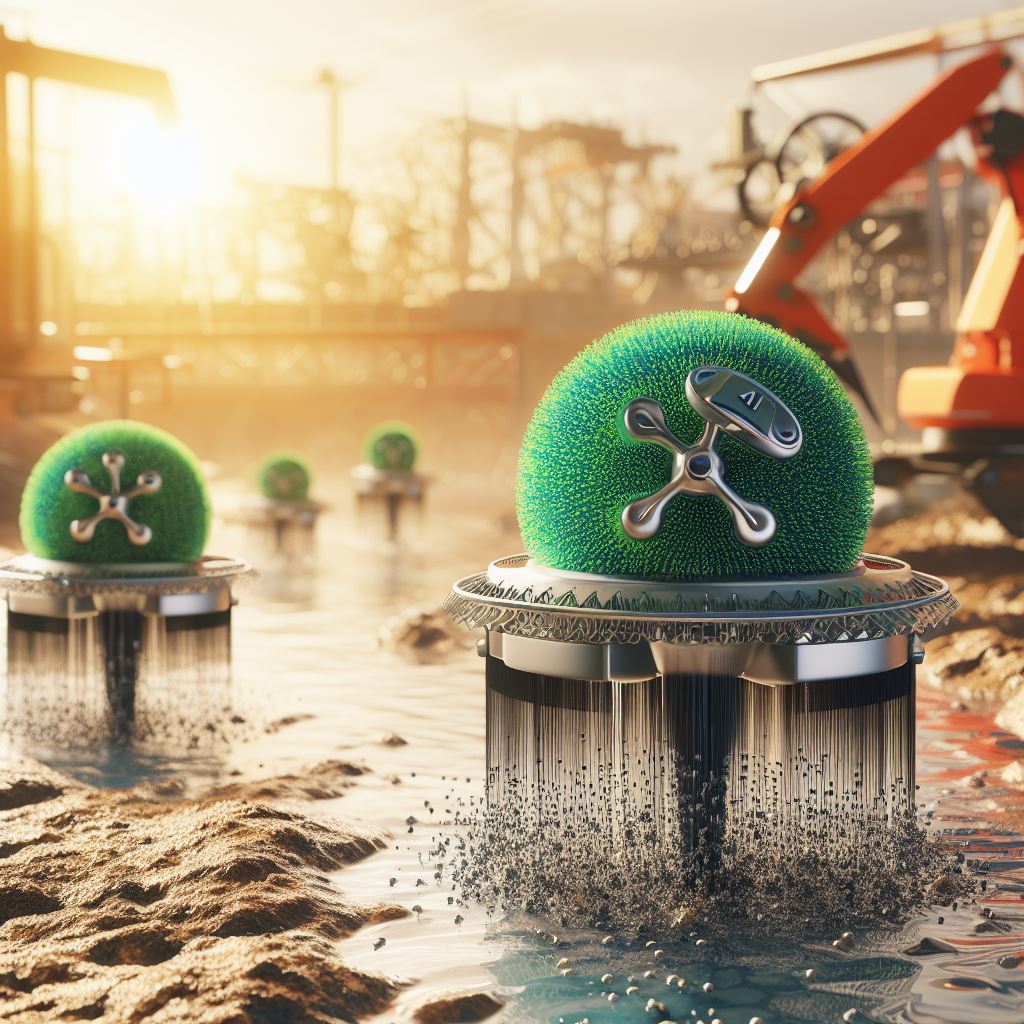
In conclusion, the synergy between micromotors and artificial intelligence is paving the way for a greener and cleaner future. This novel approach not only addresses water pollution challenges but also holds the promise of sustainable energy generation, marking a significant step towards a more environmentally conscious world. The study detailing these advancements is published in the journal Nanoscale, showcasing the potential of bio-catalytic tubular micromotors in the energy field.
Related Posts


